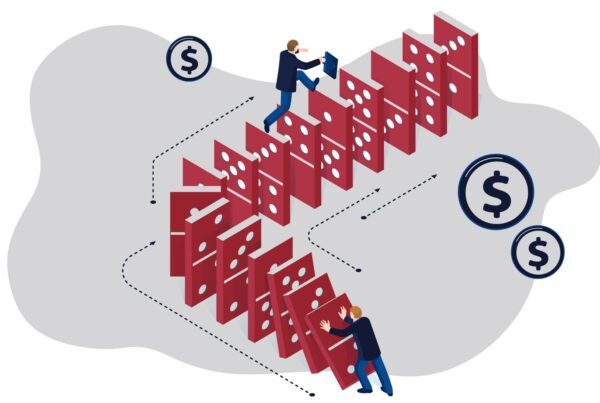MOST OF OUR ATTENTION typically goes to big brands making bigger blunders in the face of a crisis, so it’s refreshing to celebrate a brand getting it right. Southwest Airlines regularly deploys a combination of strategies to ensure that it not only survives inevitable PR crises, but emerges as a stronger brand afterward. Because of Southwest’s exemplary crisis management, it is throwing down a gauntlet that challenges all brands — large or small — to examine their own readiness for a crisis and to develop or strengthen their plans accordingly. Southwest Crisis No. 1 — Facebook Frenzy: When Southwest was celebrating its three-millionth Facebook fan, it offered significant airfare deals exclusively through Facebook. The promotion was much more popular than expected. Soon, the Southwest system was overwhelmed by a flood of reservations, resulting in customers who were billed more than once for the same airfare. Southwest very quickly and publicly owned up to the mistake by explaining how it would be corrected and avoided in the future. While some customers were understandably unhappy, many others jumped to praise Southwest’s speedy response because of all the goodwill the brand had built through years of doing right by its customers. Southwest Crisis No. 2 — Emergency Tweet: Thanks to the instantaneous nature of social media and the availability of in-air Wi-Fi, the world can hear about an in-air emergency before the pilot even has a chance to report it. This was the case when a hole tore open in the body of a Southwest plane flying from Phoenix, AZ to Sacramento, CA. The brand’s social media managers, who monitor the Internet relentlessly, quickly spotted the tweet and posted a rapid response on the brand’s blog. Southwest Crisis No. 3 — Nose Gear Failure: When the landing gear under the nose of a Southwest plane landing at LaGuardia collapsed, the plane had to make an emergency landing, and there were several injured passengers. Southwest’s rapid response team was online addressing the incident 30 minutes after the flight landed, which is significantly faster than the industry norm. As you can see, the Southwest communications team is masterful at getting out in front of a story and controlling its direction through open, honest communication. Comments from Southwest spokesman, Paul Flannigan, show that the communications team is actually busier when nothing is going on, constantly updating contingency plans and pre-approved statements in preparation for possible crises. Everyone on the Southwest communications team is clear about how to make rapid responses possible. Couple Southwest’s crisis planning with its year-round positive reputation, and you have a solid crisis-management formula that will allow Southwest to survive just about any PR turbulence.
Recent Posts
- Hire, Fire, and Reward Based on Outcomes: The Only Way to Build a Growth Team
- Why Weekly Optimization Separates Winners from Losers
- The Domino Effect: What Happens When You Reposition Your Brand
- Why Leaders Must Demand Accountability for MROI Projections
- The Beautiful Bias That’s Sabotaging Your Customer Insights
Related Posts
 Marketing Strategy
Marketing Strategy
Hire, Fire, and Reward Based on Outcomes: The Only Way to Build a Growth Team
Key Takeaways: Building a team around outcomes, not effort, ensures accountability. Skills must align with…
Dhruv SinghOctober 14, 2025
 Marketing Strategy
Marketing Strategy
Why Weekly Optimization Separates Winners from Losers
Key Takeaways: Set-and-forget campaigns are a recipe for wasted dollars. Weekly optimization creates momentum and…
Dhruv SinghOctober 13, 2025
 Marketing Strategy
Marketing Strategy
The Domino Effect: What Happens When You Reposition Your Brand
Key Takeaways: A single repositioning move can trigger ripples across your industry. Competitors react fast…
Dhruv SinghOctober 10, 2025




